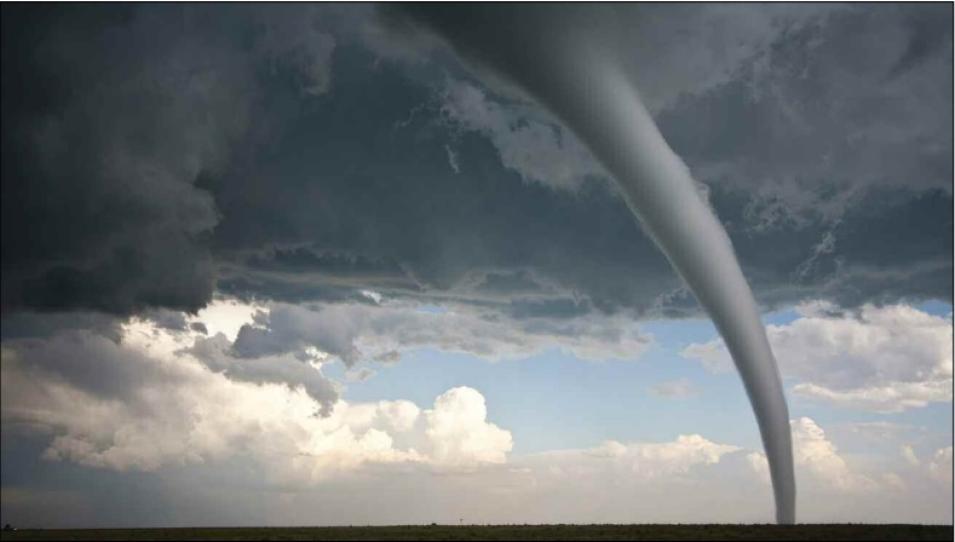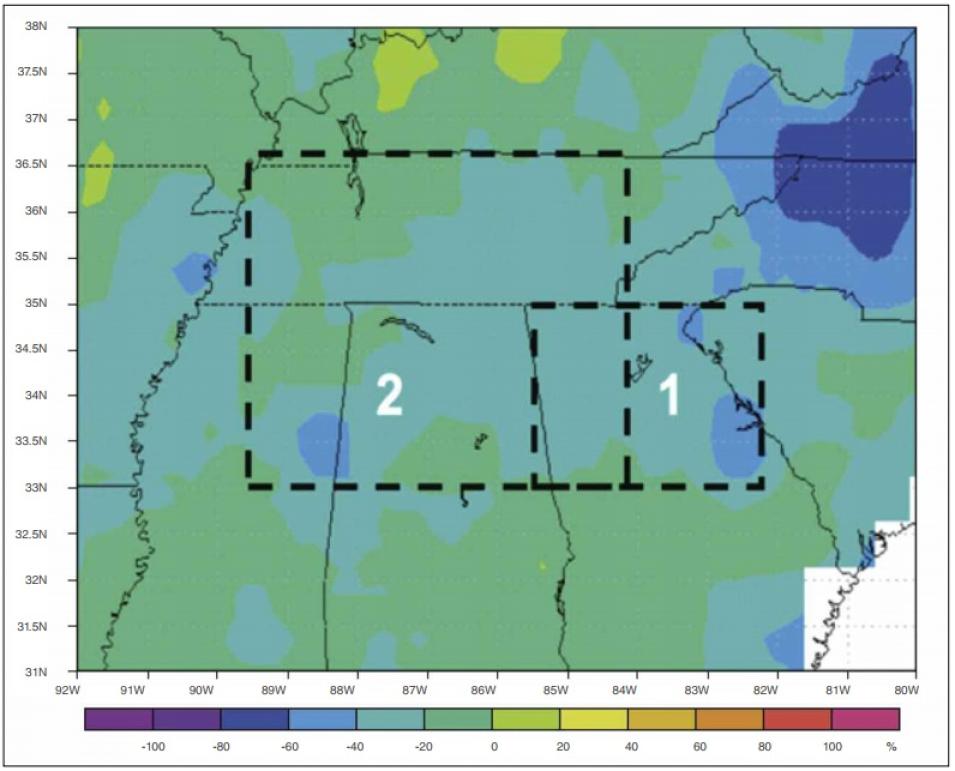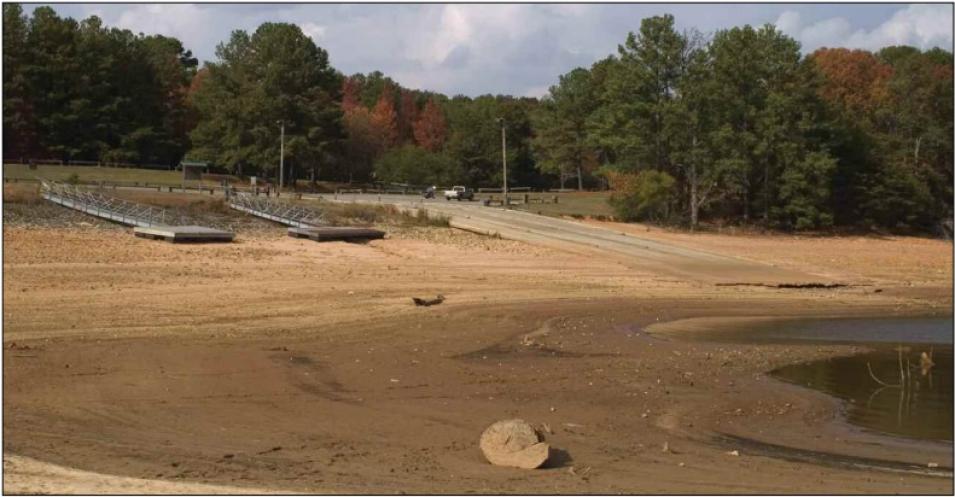Next, they compared tornado days with drought periods. They identified droughts, or periods when their study area experienced less than 85 percent of normal rainfall, using precipitation measurements from the Global Historical and Climatological Network, and satellite data from the Tropical Rainfall Measuring Mission (TRMM), both available from NASA's Goddard Earth Sciences Data and Information Services Center (GES DISC).
When the researchers compared the tornado and precipitation data between 1950 and the present, they did not find a direct link between drought and tornado days. But when they looked for seasonal patterns, they discovered a long-term relationship. Their study identified when droughts occurred during the fall and winter seasons, and then counted how many tornado days occurred during the following spring and summer seasons, primarily during March through June. “When there are drought conditions in the South during the previous winter and fall, there are fewer days the following spring that have tornadoes,” Shepherd said. In fact, the number of tornado days decreased by almost half when preceded by fall drought. These findings established a connection between soil moisture and tornado activity. Although the relationship suggests that tornado days are less frequent after drought, severe tornadoes can still occur, such as the 2008 Atlanta tornado.
Seasonal soil moisture
The study reinforced the theory that long-term weather patterns, such as drought, might influence tornado seasons. But the study raised questions too. “Why would something that is one season away affect something as specific as tornadoes?” asked Dev Niyogi, Indiana’s state climatologist and one of Shepherd’s colleagues in the study. And why would something seemingly unrelated to severe weather, like drought, affect tornado seasons?
Drought reduces the amount of water available in ways that are obvious, such as receding lakes and dwindling river flow. Drought also dries up the moisture held in the soil, so that less evaporates into the air. Niyogi said, “Soil moisture is a means by which the Earth’s atmosphere, particularly the land surface, partitions solar energy.” When solar energy, or sunlight, reaches moist soil, most of the energy is used to evaporate some of that moisture. When sunlight reaches dry soil, most of the energy goes into heating the air. Over time, drier soil contributes to drier air.
However, dry soil might have a longer-term influence on atmospheric moisture than previously thought. Shepherd and Niyogi theorized that the effects of droughts might carry over into subsequent seasons, a kind of soil moisture memory, in which drought conditions during the fall and winter lag into the following spring and summer. This lag may help suppress the local weather components, such as moist air, that generate storms and tornadoes. Shepherd said, “During the spring, you can still have a storm, based on the meteorological conditions on that particular day. But if there’s an overarching drought condition that is kind of a hangover from the fall and winter, it may reduce the moisture available for storm development if you have all other conditions in place.” The researchers also found that dry soil conditions in the fall proved a stronger predictor of spring tornado days than wet fall conditions.


